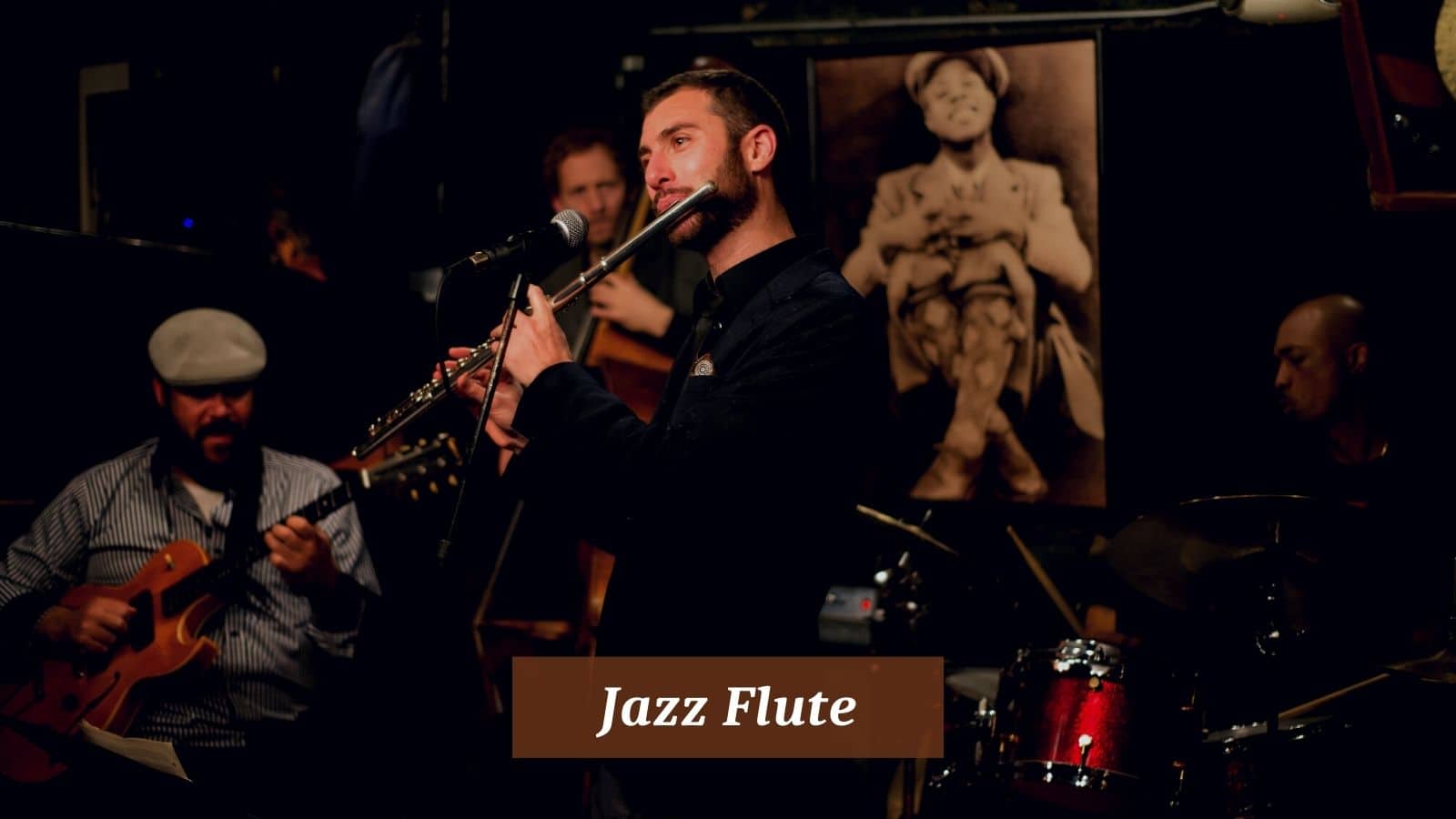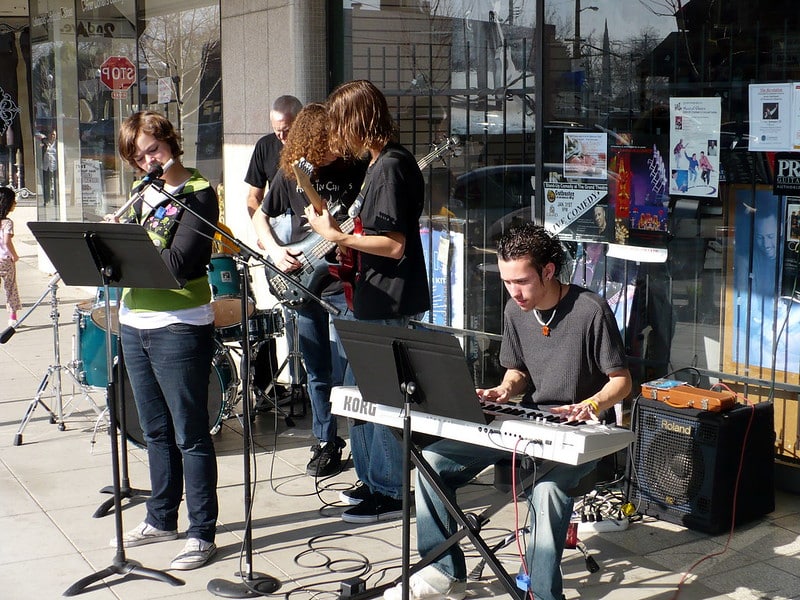
What is jazz?
Jazz is one of the most popular types of music alive today. This genre of music originated in the African-American communities in the United States at the end of the nineteenth century and into the early twentieth century.
While it has changed and developed over the years, one of its defining characteristics is improvisation. In classical music, performers strive to play the notes that composers have left for them as accurately as possible, while still leaving room for musical interpretation.
On the other hand, in jazz, artists are responsible for coming up with music on the spot that is derived from the basic melodies and harmonies of the songs they play.
Though they will often stick to certain chord progressions and keys, each performance will be different, which makes it thrilling to watch. Additionally, jazz often involves syncopated rhythms and specific accentuation that gives it a unique groove, different from any other kind of music.
Traditionally, jazz is associated with a few specific instruments, including trumpet, saxophone, piano, drums, bass, and voice. Most of the famous jazz musicians you might be familiar with played these instruments as soloists, in jazz combos, or in jazz bands.
However, as the genre has expanded and more interest has developed in it, people have come to realize that jazz can be played on any instrument.
Though it requires a different skill set than classical music, those who do not play the traditional jazz instruments can still have a lot of fun experimenting with the style.
The Jazz Flute
One instrument that has become unexpectedly prevalent in the jazz scene is the flute. Though people typically associate the flute with classical music, it is actually a great instrument for performing jazz.
Though the flute has been included in jazz music since the beginning of the twentieth century, it became increasingly more common after the 1960s. This is largely due to its incorporation by major jazz stars such as Hubert Laws, Herbie Mann, and Ian Anderson (from the band Jethro Tull).
Today, while it might be more common to see a jazz flute soloist in a restaurant or other small setting than to see a flutist in a jazz combo or band, it is still a popular instrument to practice this style of music on.
However, jazz flute is not the same as classical flute, even though it is exactly the same instrument. A classical flutist must hone their sound to reach the back of an orchestral hall, which means it must be loud, resonant, and clear, with a broad range of colors and dynamics available
Alternatively, when playing jazz, a flutist generally cultivates a smoother, airier tone that fits more with the style of music being played. Because this type of music is generally played in smaller settings, it doesn’t need to project as loudly.
Additionally, a jazz flutist must be familiar with jazz theory, which is different from classical music theory. Jazz theory places an emphasis on different types of chords, which are often more complex than traditional classical harmonies.
Jazz players must also be familiar with more complex or unusual rhythms, whereas typical classical music (with the exception of modern experimental music) generally stays steadily on a more predictable beat.
Though the dexterity and accuracy that comes with classical training will be useful to a jazz flutist, there is other knowledge to be gained as well in order to be successful at jazz flute.
Classical training places higher importance on accuracy and precision, whereas because jazz is so based in improvisation, there is more emphasis on creativity and unique style.
While classical music sometimes incorporates extended techniques such as flutter tonguing or pitch bending, it is much more likely that one would see these techniques in a jazz flute performance, especially as part of improvisation.
How can I learn jazz flute?
There are so many ways to begin playing jazz flute. If you are a flutist who is interested in learning jazz, you should first familiarize yourself with jazz theory and become familiar with some basic jazz songs.
It will also be helpful to practice improvising to jazz charts. Don’t be concerned with being good at it, just practice letting loose and experimenting with different ideas. It’s important to get out of the classical music perfection mindset.
There are also numerous videos available on YouTube, Spotify, and elsewhere on the internet. Listen not only to jazz flute players but also to jazz artists on other wind instruments, especially trumpet and saxophone.
Not only will these help provide inspiration, they will help you get a sense of the tone quality and style you should adapt your sound to, and demonstrate what is truly possible in the genre of jazz,
However, don’t be fooled by some of these impressively intricate and speedy solos heard in jazz music. Though a flutist will need good technique in order to have all the possibilities available to them when learning jazz, there are so many different types of jazz to experiment with.
Some types of jazz can be slow, moody, and soulful, while others can be melodramatic and expressive, and still others can be rapid and intense. Jazz is also somewhat of a social genre of music.
Try to assemble some friends or colleagues who are interested in jazz and see what you can develop together.
Blending with other instruments and giving each instrument their time to shine as a soloist as well as time to act as supporting accompaniment will help you truly immerse yourself in the jazz spirit.
You can even try your hand at composing. So many different styles, including classical, have found ways to merge with jazz to form exciting and innovative works of art.
Ultimately, the sky’s the limit with both the genre of jazz and the flute as an instrument. As a classical flutist, you have all the tools you need on the instrument to segue into jazz, as long as you do the appropriate research.
Jazz is a truly fascinating form of music and performance and should be accessible to all instrumentalists who are interested in it.


